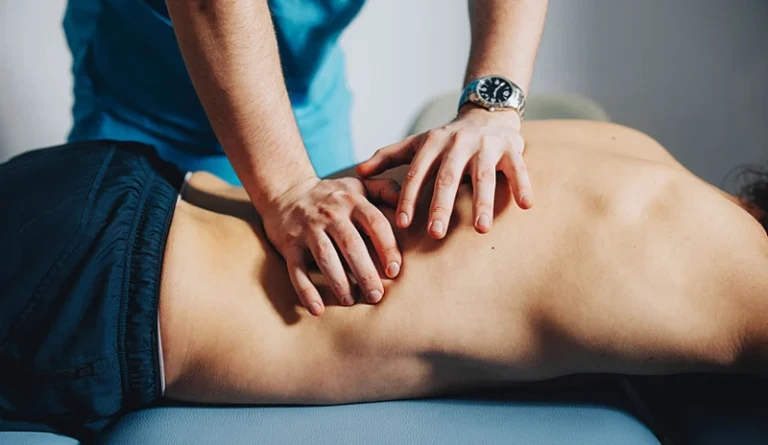Are you wondering how long a sports massage should last? If so, you are not alone. Many athletes and fitness enthusiasts are looking for an answer to this important question. A sports massage is an important part of any athlete’s recovery process and it’s important to understand how long you should be receiving one. In this article, we’ll discuss exactly how long a sports massage should last and what factors you should consider when determining the length of the massage.
Contents
Benefits of a Sports Massage
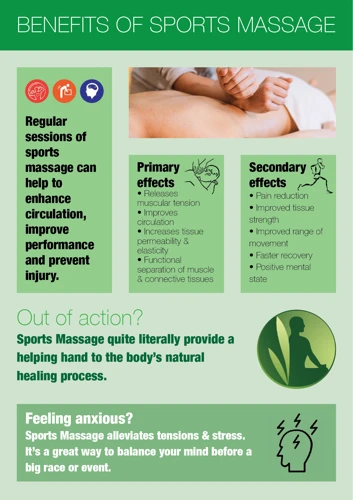
- Reduce muscle tension – A sports massage helps reduce muscular tension by relaxing tight muscles and restoring the normal, healthy range of motion.
- Increase blood flow – Sports massage increases blood flow to the muscles, allowing for better oxygen and nutrient delivery to the muscles and surrounding connective tissue.
- Reduce fatigue – Sports massage reduces fatigue by helping to reduce lactic acid buildup in the muscles, which helps to reduce muscle soreness.
- Reduce injury risk – By increasing blood flow and improving range of motion, sports massage can help reduce the risk of injury.
- Improve range of motion – Through stretching and massage, sports massage can help improve range of motion, allowing athletes to perform better.
Sports massage can be beneficial for athletes of all levels. However, determining how long should a sports massage last is dependent on the individual athlete’s needs.
Types of Sports Massages
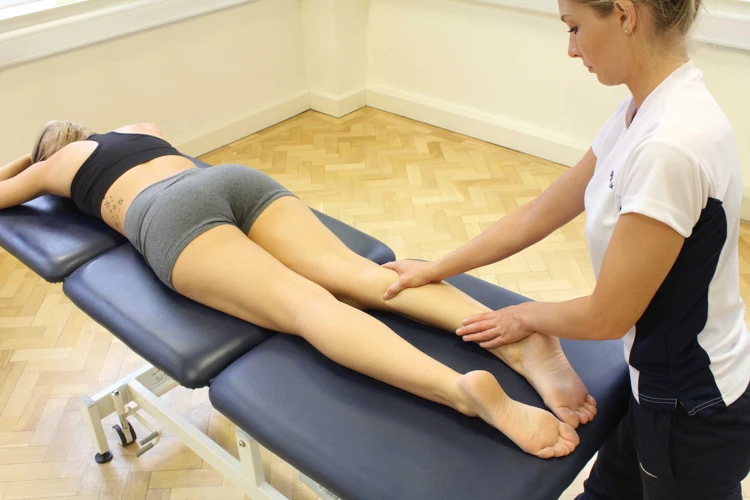
Swedish Massage
Swedish massage is the most common and best-known type of massage. It uses a combination of long, gliding strokes and kneading to relax the muscles and improve circulation. A Swedish massage typically lasts for 30 to 60 minutes.
Deep Tissue Massage
Deep tissue massage is a more intense type of massage. It focuses on the deeper layers of muscle tissue and is used to release chronic muscle tension and knots. Deep tissue massage is typically more intense than Swedish massage and can last for up to 90 minutes.
Trigger Point Massage
Trigger point massage is a type of massage that focuses on specific areas of tension. It is used to release tight areas of muscle and break up knots. Trigger point massage typically lasts for 30 to 60 minutes.
Length of Sports Massages
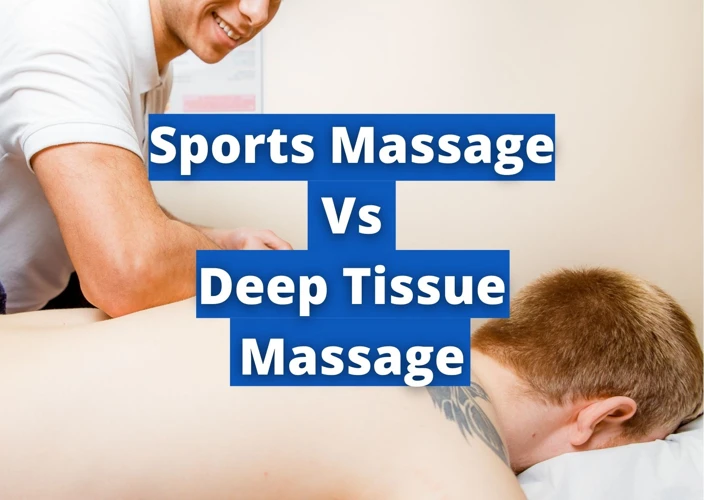
Swedish Massage
A Swedish massage typically lasts between 30-60 minutes. This style of massage is ideal for those looking for a general relaxation and relief from muscle tension.
Deep Tissue Massage
Deep tissue massage is a more intense form of massage, and it typically lasts between 45-90 minutes. It is used to target deep muscle tissue and it can help with muscle tension, tightness and pain.
Trigger Point Massage
Trigger point massage is a form of massage therapy used to target specific areas of pain or discomfort. It usually lasts between 15-30 minutes. It can be helpful for reducing pain, tension, and tightness.
Factors That Affect the Length of a Sports Massage

- Type of massage: Different types of massages, such as deep-tissue, Swedish, and sports massage, require a different amount of time to complete.
- The condition of the patient: If the patient has a medical condition, such as arthritis, the massage therapist may need to take more time to work on his or her areas of pain.
- Goals of the massage: If the patient is looking for specific results, such as pain relief or increased flexibility, the massage therapist may need to adjust the length of the massage accordingly.
- The size of the patient: The larger the patient, the more time it will take to massage the entire body.
- The massage therapist’s experience: More experienced massage therapists may require less time to complete the massage, as they are familiar with the techniques and more efficient with their time.
- The massage therapist’s technique: Different massage therapists work at different speeds and use different techniques, which can affect the length of the massage.
Depending on these factors, a sports massage can last anywhere from 15 minutes to 90 minutes.
How to Choose the Right Length of Sports Massage
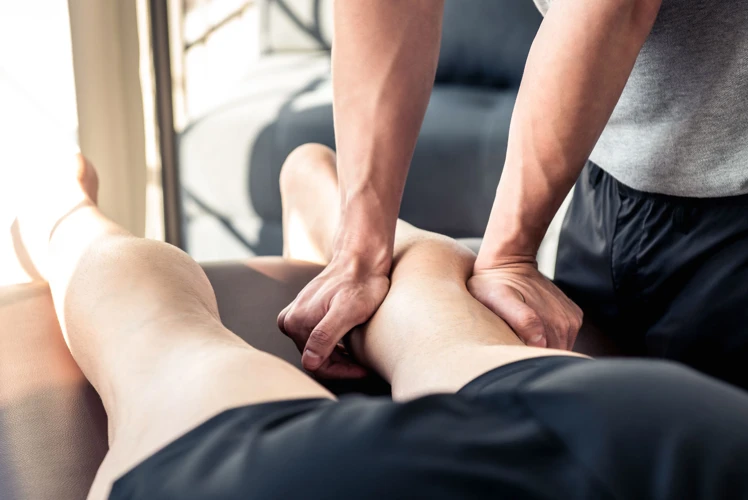
1. Assess Your Needs: Consider the type of sports or activities you take part in and the areas of your body that are most affected by them. If you are a runner or cyclist, you may need more attention to your legs, while a swimmer may require more focus on the shoulders.
2. Talk to a Professional: Before booking an appointment, consult a massage therapist who specializes in sports massage. They can provide advice on the best type of massage for your sport and what length of session would be most beneficial.
3. Consider Your Budget: The length of the massage session will affect the cost, so it’s important to consider your budget. You may need to book a longer session if you are looking for a more comprehensive treatment, but if you are working to a tighter budget, shorter sessions can also be effective.
4. Consider Your Time: How much time do you have to dedicate to massage? If you have a busy lifestyle and are limited on time, shorter sessions may be more suitable. However, if you have more time to spare, longer massage sessions can be more effective.
5. Listen to Your Body: Ultimately, you should listen to your body and choose a massage length that works for you. If you feel that you need a longer session, book a longer massage. If you feel that a shorter session is sufficient, book a shorter massage.
Tips for Getting the Most Out of Your Sports Massage
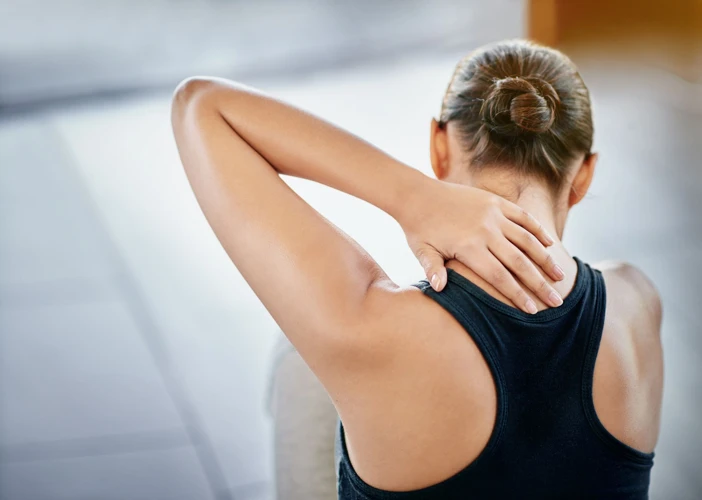
- Arrive Early: Arrive at least 10 to 15 minutes before your appointment to give yourself time to fill out any necessary paperwork and to talk with your massage therapist.
- Communicate: Make sure to let your massage therapist know about any areas of discomfort, such as tight muscles, or areas that need extra attention.
- Stay Hydrated: Drink plenty of water before and after your massage to help flush toxins and prevent dehydration.
- Loosen Tight Clothing: Wear comfortable, loose-fitting clothing that will allow the massage therapist to access your skin.
- Schedule Regular Appointments: Schedule regular massage appointments to ensure you get the most out of your massage.
- Don’t Be Shy: Don’t be afraid to ask questions about the massage process or to ask for more or less pressure.
What to Do After a Sports Massage

| Activity | Description |
|---|---|
| Drink Plenty of Water | Drinking water helps flush toxins from the body and prevents dehydration. |
| Rest | Allow the body to rest for a few hours after the massage to allow for maximum benefit. |
| Stretch | Stretching can help reduce any soreness or tightness in the muscles. |
| Ice | Applying an ice pack to the area of discomfort can help reduce swelling and pain. |
| Heat | Applying a heating pad or hot compress to the area of discomfort can help reduce muscle tension and improve circulation. |
After a sports massage, it is recommended to take a few precautions to ensure the best outcome. It is important to drink plenty of water, rest, and stretch. Additionally, using an ice pack or hot compress can help reduce swelling and muscle tension. Following these steps can help ensure the maximum benefit from your massage.
Potential Risks of Sports Massage
Sports massage can be beneficial for athletes and active individuals, however there are potential risks associated with it. It is important to understand these potential risks before seeking a sports massage.
1. Injury: Sports massage can cause injury if the massage therapist is not properly trained and experienced. It is important to find a massage therapist with the right qualifications and experience in order to ensure a safe and effective massage.
2. Muscle Soreness: Sports massage can cause temporary muscle soreness in some people. This is usually not serious and should subside within a few days.
3. Nausea: Some people experience nausea or dizziness after a sports massage. This is usually due to the pressure applied during the massage and should subside shortly after the massage.
4. Allergic Reaction: Some people may be allergic to massage oil or other products used during the massage, which can cause a reaction. Make sure to inform the massage therapist of any allergies or sensitivities prior to the massage.
It is important to understand the potential risks associated with sports massage before seeking a massage. While the risks are minimal, it is important to discuss any concerns with the massage therapist before the massage to ensure a safe and effective session.
How Long Is a Sports Massage?
Sports massage sessions can range from 15 to 90 minutes, depending on the individual’s needs. It is important to discuss the desired length of the massage with the massage therapist before the session begins in order to determine the best length of time for the massage.
Frequently Asked Questions
What are the Benefits of a Sports Massage?
Sports massage can benefit athletes of any level and can reduce the risk of injury, enhance performance, and improve recovery time. It can also be used to reduce muscle tension, increase flexibility, and reduce fatigue. Sports massage can help alleviate stress, improve circulation, and reduce muscle soreness. It can also help reduce anxiety, improve mental clarity, and promote relaxation.
What kind of techniques are used during a sports massage?
- Effleurage: Long, gliding strokes used to help the athlete relax and warm up the muscles.
- Petrissage: Kneading and squeezing techniques used to increase circulation and release tension.
- Friction: Deep, circular motions used to break up muscle knots and improve range of motion.
- Trigger Point Therapy: Applying pressure to specific areas of the body to release tension.
- Stretching: Stretching the muscles to improve flexibility and range of motion.
- Myofascial Release: Applying pressure to the fascia to release tightness and restore balance.
What should I expect during a sports massage session?
- Consultation: The massage therapist will ask you about your medical history, symptoms, and any relevant injuries. They will also ask about your current activity level and lifestyle.
- Assessment: The massage therapist will assess your muscles, joints, and soft tissues. They may also assess your posture, range of motion, and gait.
- Treatment: The massage therapist will use various techniques to release tension, reduce inflammation, and improve circulation. These techniques can include deep tissue massage, trigger point therapy, myofascial release, and stretching.
- Review: The massage therapist will review their findings and any recommended treatment plan. They may also make suggestions to improve your posture, nutrition, and exercise.
What Should I do to Prepare for a Sports Massage?
1. Wear Loose Clothing: Wear comfortable, loose clothing that you can move in easily. Avoid anything too tight or restrictive.
2. Hydrate: Drink plenty of water before and after the massage to help flush toxins out of your body.
3. Shower: Take a shower before the massage to help relax your muscles and reduce any tension.
4. Avoid Eating: Avoid eating a large meal before the massage, as this may make you feel too full or uncomfortable during the session.
5. Bring Necessary Supplies: Bring any items you may need during the massage such as a towel, water bottle, and any other items.
6. Communicate: Let your massage therapist know of any areas that need special attention and any areas that should be avoided.
Are There Any Contraindications to Receiving a Sports Massage?
Certain medical conditions, such as cancer, thrombosis, and infections, are contraindications for sports massage. People with any of these conditions should consult a doctor before undergoing a sports massage. Additionally, people who are pregnant, have recently had surgery, or are under the influence of alcohol or drugs should not receive a sports massage.
Conclusion
Sports massage can be beneficial for athletes of all levels and can be tailored to their specific needs. The duration of a sports massage should depend on the individual athlete’s goals and their current fitness level. Generally, a sports massage should last between 30 and 60 minutes. However, shorter or longer massage sessions may be necessary depending on the individual athlete’s needs.

